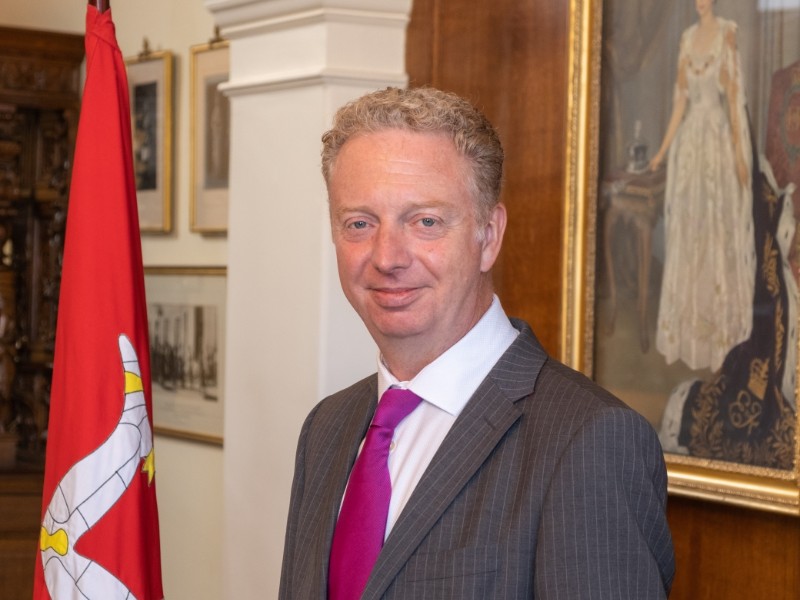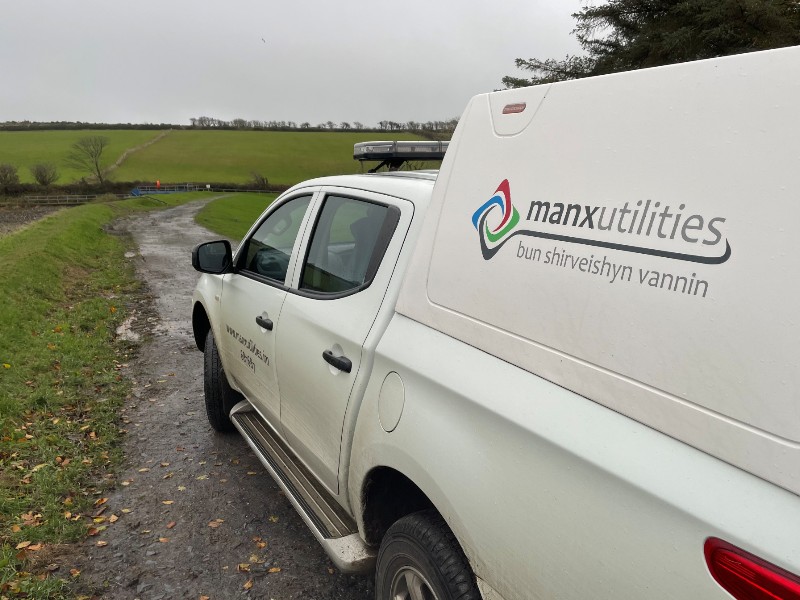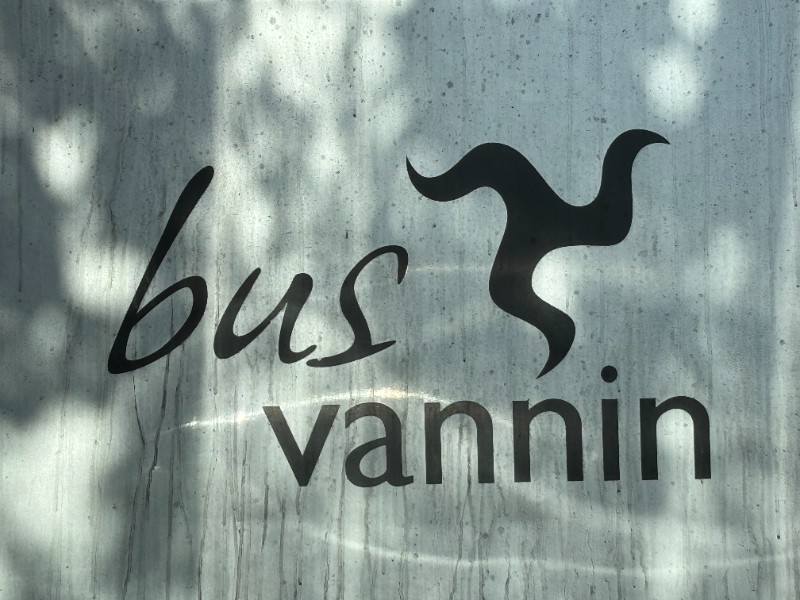
Heritage rail network benefits Manx economy by around £17m per year
The consultant reviewing the Island's heritage railways has published a summary report of its findings.
Transport consultants SYSTRA were appointed to carry out the economic impact assessment for the Department of Infrastructure after it was commissioned in May 2023 - with the aim of reporting their findings by the end of September 2023.
A draft version of the report was delivered in mid-October in response to the agreed terms of reference.
The same firm carried out a similar exercise for government in 2015.
The newly published document includes several recommendations, including that a strategy be produced for the development of the heritage railway over the period to 2040.
KEY FINDINGS
SYSTRA found that for every £1 spent in subvention and capital investment on the heritage railways there is a benefit to the Manx economy of £2.88.
The total direct and indirect impacts on the economy total around £17m each year, 'formed of a mixture spending by visitors and spending by the railway itself'.
This has been described as "another area in which the Isle of Man is unique", as the majority of visitors come from off the Island, meaning that any visitor spend is new income to the Manx economy.
It said: "On the Isle of Man it is important to see the railways as an asset to the economy as well as an important cultural and historic asset. One of the aims of the strategy (highlighted in Recommendation 1) would be to develop a plan to further increase this economic value."
Subvention has 'remained constant in real terms since 2018', which is described as 'an achievement for the railway' as, over this period, inflation in many of the railways cost areas has risen faster than general inflation.
The railways’ operating costs (fixed and variable costs combined) per train mile are lower than many comparator heritage railways.
This is 'partly due to the characteristics of the Islands Railways, with narrow gauge steam trains having lower operating costs than standard gauge equivalents, and whilst the Manx Electric Railway and Snaefell Mountain Railway are staff intensive they otherwise have low movement costs; this restricts the savings from timetable reductions'.
Another point is that many other railways gain more revenue from events and ancillary sources than the IoM Railways do, but these incur their own costs.
CAPITAL SPENDING
SYSTRA argues capital expenditure on the railways should be temporarily increased 'for a small number of years'.
It states that over the last 20 years, the permanent way of all four railways has seen almost complete renewal, but there are 'still a number of areas where renewal is required'. Assuming that this work is funded, the need for investment in renewals 'will reduce considerably going forward'.
Capital spending has fallen from £5m per annum to around £2.5m in 2023.
The consultant argues this should be increased for a 'small number of years' to allow the track renewals programme to be completed, after which it should reduce to a 'lower but consistent level'.
ROUTES
Part of SYSTRA's brief was to consider alternative options for development.
As a case study, it examined the conversion of the Laxey – Ramsey route to single track operation, with passing loops to provide space for a parallel cycle track.
This option would allow for some ongoing track maintenance savings, while 'retaining and enhancing the green travel benefits of the railway', although it would be at the cost of additional capital expenditure.
Ultimately it deemed this option 'not viable', given the seasonal nature of tourism to the Island.
It said: "Although only indicative business case work, our findings suggest that this would not represent value for money unless usage across the year averaged more than 475 cycle trips per day."
SYSTRA also found there is 'no case for the withdrawal of services between Castletown and Pot Erin' as the cost savings would be 'relatively small'.
On the Laxey – Ramsey route, however, it was shown that there would be a 'small benefit' from withdrawing services, but this 'excluded the impact on visitor spending'.
It said: "As this section is the most scenic part of the MER, it would be expected that withdrawal of the route to Ramsey would result in a fall in visitor numbers to the Island and reduction in visitor spend."
It all seemingly depends on where government want to go next, and which strategy they prefer.
If a strategy of 'immediate reduction in subvention' is sought, this truncation would offer significant cost savings.
However, if a 'long term strategy of more closely aligning the railway with the visitor economy' was decided on, this could be undermined by closure of a 'substantial portion of easily-maintainable good quality track'.
HORSE TRAMS
And what about the big question of the moment - should the horse trams be reinstated to the Sea Terminal?
SYSTRA found there is a 'strategic case' for reinstatement of horse trams to the Sea Terminal, if the Sea Terminal was utilised as part of the railways' visitor facilities as part of a long-term investment into the Island's heritage railways.
However, its modelling work shows that the financial case for reinstatement would require a 'very large increase in passenger numbers to avoid a further increase in subvention, based on current operating methods'.
RECOMMENDATIONS IN BRIEF
Recommendation 1 – Strategy Development:
- A strategy should be produced for the development of the railway over the period to 2040 to 'provide reassurance to decisionmakers of the value of the investments being made in subvention and capital investment' and 'evidence how investments will support the economy'.
Recommendation 2 – Engagement with Tourist Organisations:
- Greater co-ordination and knowledge sharing between organisations should 'ultimately lead to a stronger more appealing tourism offer bringing greater tourism spend'.
Recommendation 3 – Digital Marketing:
- This area 'urgently needs to be addressed', as the railway is currently served by 'a non-descript webpage which forms part of the Bus Vannin website'. This 'compares very poorly to the websites of many other heritage railways'.
Recommendation 4 - Pricing:
- A conscious decision needs to be made about the pricing of Go Explore multi modal tickets and group ticket discounts. The increase in the cost of Go Explore tickets has not kept pace with the price of full fare tickets, leading to 'significant erosion of yield per passenger compared to full fare tickets'.
Recommendation 5 – Capital Investment:
- Over the last 20 years, the permanent way of all four railways has seen almost complete renewal, but there are 'still a number of areas where renewal is required'.
- Assuming that this work is funded, the need for investment in renewals will reduce considerably going forward.
- Capital spending has fallen from £5m per annum to around £2.5m in 2023. However, capital spending should be increased for a 'small number of years' to allow the track renewals programme to be completed, after which it should reduce to a 'lower but consistent level'.
Recommendation 6 – Ancillary Revenue:
- More directly operated retail and catering outlets could be developed to generate additional revenue, helping to reduce subvention requirements.
Recommendation 7 – Volunteering:
- There is no role for the use of volunteers in the existing engineering and operational teams.
Recommendation 8 – Board of Directors:
- A Board of Directors should be formed to oversee the management and development of the railway, and to provide support to railway management covering a cross section of skills and experience.
- The board would be composed of voluntary directors with representatives from a range of stakeholders such as DfE, DoI, enthusiast and supporters' associations, Visit Isle of Man and an independent off island representative with experience of heritage railways.
Recommendation 9 –Organisational Structure:
- The railways should remain in public ownership.
- It should be operated as an 'arm’s length publicly owned company', with the Department for Enterprise having a greater role in its development.
Recommendation 10 – Network Value:
- There is no case for the withdrawal of services between Castletown and Pot Erin; it has been shown that new disbenefits would be generated from the loss of the service while the cost savings were relatively small.
- However, there would be a 'small benefit' in withdrawing services between Laxey and Ramsey, but this excluded the impact on visitor spending. If active travel replaced the service, it's assumed the demand for cycle trips is lower than that for train travel, and so the impact on visitor spending would be negative.
- The network value is highly dependent on whether a short-term strategy is favoured (meaning the immediate reduction in subvention) or a long-term strategy, which would see a closer alignment of the railway with the visitor economy.
Recommendation 11 – Laxey – Ramsey Cycle track:
- The conversion of the Laxey – Ramsey route to single track operation (with passing loops to provide space for a parallel cycle track) would not represent value for money, unless usage across the year averaged more than 475 cycle trips per day.
- This was deemed 'not viable', given the seasonal nature of tourism on the Island.
Recommendation 12 – A Ramsey – Douglas Commuter Service:
- A total of 88 passengers per service (deemed plausible) would be required to return positive value for money if a new electric train was introduced to benefit commuters between Ramsey and Douglas - with additional points at Derby Castle.
Recommendation 13 – Horse Tram reinstatement to War Memorial and Sea Terminal:
- There is a 'strategic case' for reinstatement of horse trams to the Sea Terminal, if the Sea Terminal was utilised as part of the railways' visitor facilities.
- However, it would require a 'very large increase in passenger numbers to avoid a further increase in subvention, based on current operating methods'.
EAGERLY AWAITED
Infrastructure Minister Tim Crookall MHK said: "I’m aware the consultants' findings have been eagerly awaited by the Manx public and rail enthusiasts alike and it’s appropriate that this information is made available.
"The recommendations published today will provide the Department and wider community with a firm base from which to view the railways’ current position and then plan their future development. The document supplies a series of key insights that will inform discussions with colleagues across the Isle of Man Government once the full report has been received in the coming weeks."
You can read the report in full HERE.


 MiCard users advised to take money out before the end of the year
MiCard users advised to take money out before the end of the year
 'Nothing else could have been done' to save some small fish at Clypse Reservoir
'Nothing else could have been done' to save some small fish at Clypse Reservoir
 'Come back to the table,' says DOI minister
'Come back to the table,' says DOI minister
 Consultation seeks feedback on changes to IOM first time buyer schemes
Consultation seeks feedback on changes to IOM first time buyer schemes
